Document Management Best Practices in 2025: Full Guide to Organizing Your Records & Documents
Keeping on top of critical documents and managing business data are some of the most important things your company can do. If you have installed a document management system, we’ve got some tips to help you run it effectively.
Implementing a document management system (DMS) is a great first step to keeping your business documents organized. However, you’ll need to adhere to some document management best practices to maintain effective document management, and we’ll show you how.
Key Takeaways:
- Clear indexing, file versioning and access hierarchy are the core document management system best practices.
- Create a paperless process and migrate your paper-based processes to electronic forms.
- Making use of automations improves workflow and file management.
- Make sure you’re fully educated on legal requirements within your sector.
The good news is that many of the leading document management software solutions make it easy to keep track of your documents and ensure your business is compliant with local legislation. That doesn’t mean there’s no effort on your part, and below are the top document management best practices to help you get started.
Management Best Practices: 9 Important Tips
Some of the document management best practices featured below may seem obvious. Thankfully, that means they’re easy to understand and implement; you need only ensure you remain consistent with them to have a continuously robust document management system in place. Let’s go through them.
1. Choose the Best Document Management Software for Your Business
The first step your business needs to take is identifying which document management system is right for you. While many of the options are similar, they’re not the same, and choosing one that doesn’t meet your needs can be a waste of time and money.
10,000+ Trust Our Free Cloud Storage Tips. Join Today!
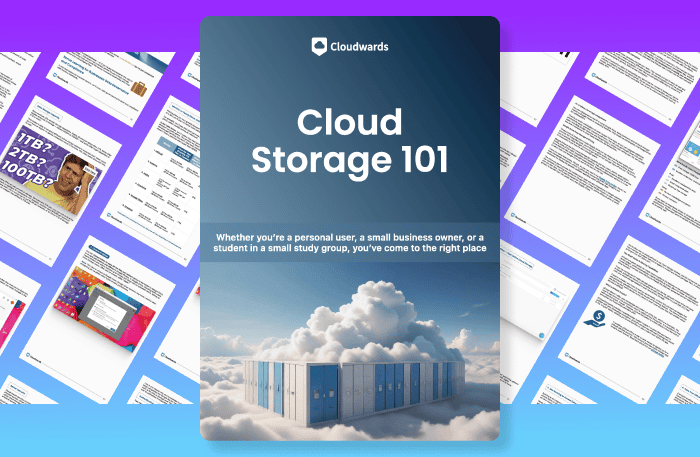
- Demystify cloud storage terminology and key concepts in plain language
- Discover easy-to-implement techniques to securely backup and sync your data across devices
- Learn money-saving strategies to optimize your cloud storage costs and usage

If your business creates a lot of new documents that you need to collaborate on, then something like Microsoft SharePoint or Egnyte are good options, as both offer Office 365 integration. Alternatively, if you simply need a space to store and manage contracts, DocuWare is a terrific option that also allows you to digitally sign your documents.
2. Use Clear Indexing
To ensure your documents are easily accessible, it’s vital that you index each new document and folder accurately, thus creating a consistent file structure. Prior to creating your DMS, we recommend that you make clear folder structures and create a list of categories for each document type.
Clear indexing makes it much easier to find documents when searching, and far easier for different departments to manage documents within their section of the business. When using a document management solution like M-Files, you can also label documents with tags and other forms of metadata, ensuring each document is in its proper place within your DMS.
3. Scan Your Paper Documents
If you’re migrating from physical documents to electronic documents, it’s good practice to make digital copies of your paper documents. It may be a daunting task, but scanning documents and transferring them to an electronic digital management system ensures that sensitive documents remain safe and accessible.
Paper documents are much easier to lose, and a physical filing cabinet doesn’t have the same level of security that the best document management software provides. So moving everything over not only makes filing more efficient, it also gives far more robust protection for each document.
4. Select Access Rights
Not every person in your business needs to have access to every document that lives in your document management system. There will be sensitive documents — like employee contracts and performance records — that must remain confidential. Thankfully, with today’s document management software you can grant access permissions to users of your choice.
When setting up your document management system, take time to identify which senior members of staff and departments need to access specific documents. They’ll also be able to control access for their own team members, and choose which of them can access, edit and share documents.
5. Set Up Automations
Automations are something every business should add to their document management workflow. They make business life easier and also help you remain consistent in managing your documents and business processes.
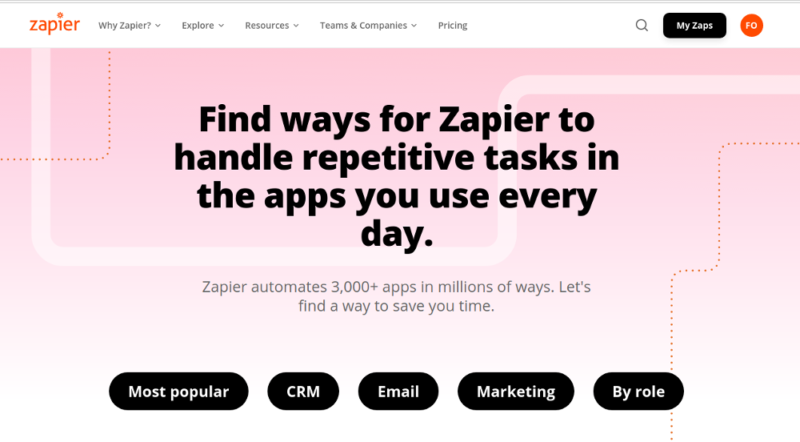
Depending on the document management software you’re using, you can send automated notifications when a document is created or edited. You can also set automated document approval workflows for certain documents, as well as set up automated invoicing if your business works with external clients.
If you’re using an efficient document management system, you can expect to have more automation options available, and it’s a good idea to make use of them.
6. Use Cloud Storage
Assuming you want to move away from physical documents and filing cabinets, you have two options when it comes to using a document management system: on-premise and cloud storage.
On-premise document management software allows you to control your documents from a server within your business. Cloud storage means your documents exist on third-party servers — which some users don’t like.
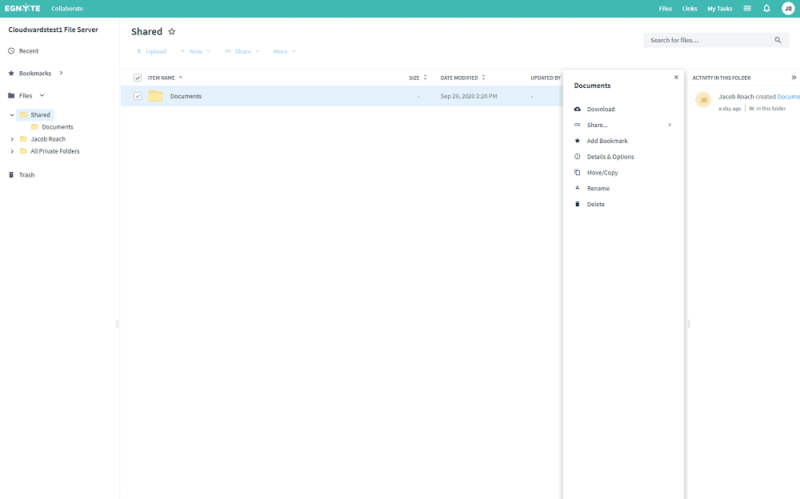
However, cloud storage gives you an added layer of protection should your hardware get damaged or stolen, as you’re still able to access your documents in the cloud. Cloud-based software also makes it much easier to collaborate with different users, especially within remote teams, improving overall business efficiency.
If you’re looking for a space to manage documents as well as other file types, check out our top online cloud storage providers for documents.
7. Have Consistent Version Control
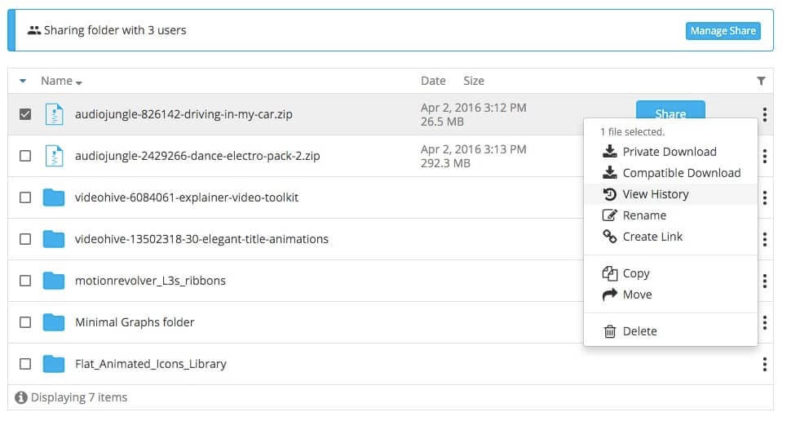
If your business constantly updates documents, having effective version control in place is a must. File versioning means you can access previous versions of documents, and restore them if needed.
It also lets you give some users only the ability to view documents and other users the ability to view, comment and change the edited versions. Doing this means you can effectively collaborate on a document and ensure a document isn’t changed without the proper authorization.
8. Complete Document Audits
Although it’s much easier to manage business documents with an electronic document management system, it’s still good practice to do regular audits of your documents to mitigate against potential process failures or breaches.
You can do audits internally and externally. For the former, it’s good to do audits every three to six months, while an external audit can be conducted annually.
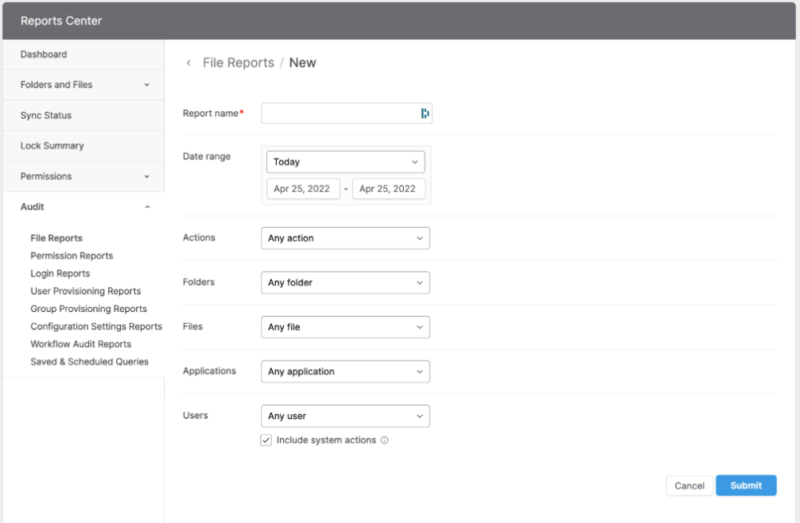
Not only does auditing allow you to learn what documents you have in place, it also means you can understand if your business is being compliant with sector regulations. Many professional sectors will enforce an external audit, so it’s good to keep on top of everything, rather than panic when the time comes for your business to be put under the microscope.
9. Know Your Local Regulations
It’s a good idea to learn what types of documents you need to keep in the document management system for a certain period of time. For example, in the financial industry, regulatory requirements state that certain documents must remain on record for a period of seven years. Before deleting a document, double-check to see if it’s against regulations to do so.
Final Thoughts
Sticking to these document management best practices will help you keep your document management system in the best shape possible. If you have signed up for a new document management system, it’s best to put the above tips in place as soon as possible, to ensure you can keep on top of your documents and business processes.
While all the above tips are important, we suggest you prioritize folder and file structure, version control and selective user permissions, as these are the core of efficient document management.
It’s also worth trying out different document management solutions before committing to one long term. This way your business can identify which solution is best for its needs and provides the best user experience, which is important considering you’ll likely be using it every (working) day.
While still at it, read our document management vs content management guide to understand which product better suits your needs.
What do you think the best practices are for efficient document management? Is there a business document management system you recommend? Which software do you currently use for managing documents? Let us know in the comments. Thanks for reading.
FAQ
Document management system best practices include accurate indexing and filing of electronic documents, creating a document access hierarchy and carrying our regular audits.
The best business document management system is the one that’s easy to use and full of features to make your life easier. Such features include automations, file versioning, collaboration options and robust security for your files.


